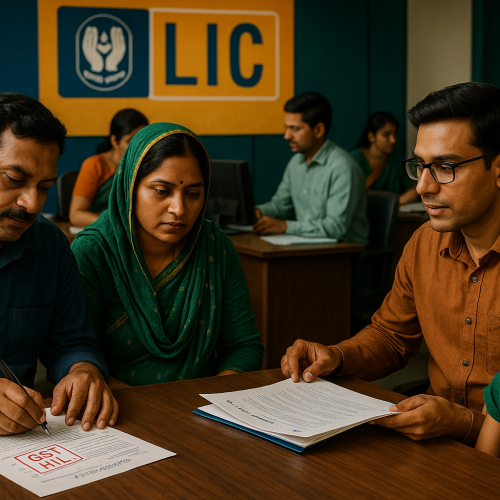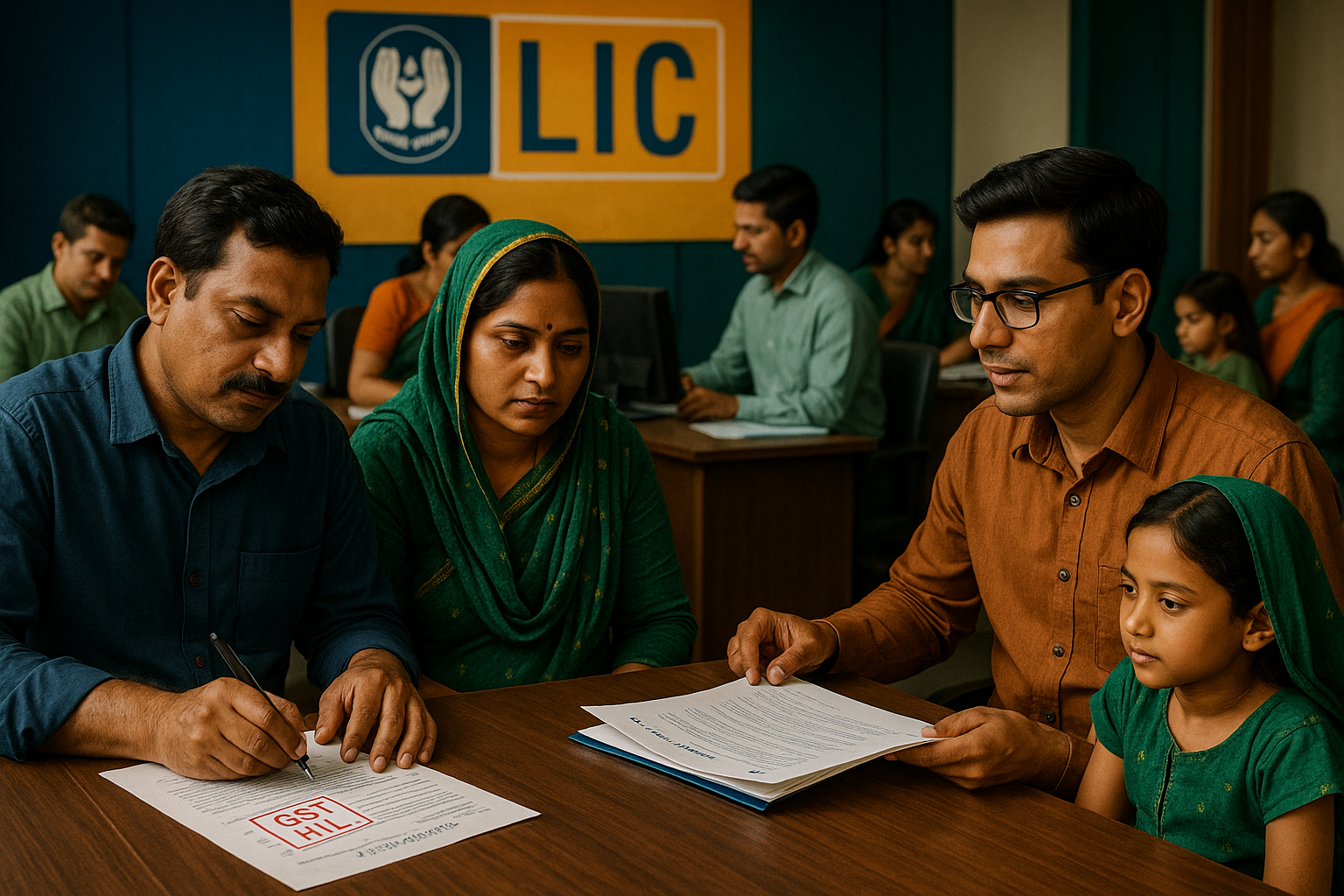Following the launch of a 25% U.S. tariff on Indian goods, bilateral trade negotiations between India and the United States have hit major snags. While India remains open to dialogue, key disagreements over sensitive sectors and mutual distrust are obstructing progress toward the long-awaited deal to eventually double bilateral trade to $500 billion by 2030.
Top 5 Roadblocks
-
Agriculture & Dairy Access
The U.S. is demanding market access for dairy, GM crops, ethanol, poultry, and more—areas India staunchly refuses to open up due to concerns for smallholder farmers and food security. -
Mutual Mistrust & Policy Inconsistency
With over 90 WTO disputes, including the termination of GSP benefits and shifting U.S. tariffs, policymakers cite a lack of confidence as a persistent strain. -
Negotiation Volatility & Political Cycles
Trade talks have faltered repeatedly amid shifting U.S. policy—from steel and autos to agriculture—alongside absent institutional mechanisms like a dedicated negotiation council. -
Russian Oil Penalty & Geopolitical Clash
India’s continued purchase of discounted Russian crude has drawn U.S. ire. Trump administration threats of secondary sanctions have amplified diplomatic friction. -
Potential Retaliation via Digital Taxes
India may reintroduce a digital services tax targeting U.S. tech companies—an escalation tactic mirroring trade response and raising fresh tensions.
Economic Impact Snapshot
-
Experts estimate the new tariff could cost India around $33 billion in lost exports, primarily hitting pharma, gems & jewelry, and auto-component sectors.
-
Negotiations to compensate via reciprocal duties or policy shifts could delay any agreement through late 2025 or beyond.
What Analysts Recommend
-
High-level diplomacy: Direct Prime Minister–President engagement may unlock stalling talks.
-
Institutional consultative body: Experts call for a structured mechanism to sustain de-politicized dialogue.
-
Focused multi-sector talks: Revisiting agricultural protocols, energy partnerships, and digital trade frameworks to find balanced compromise.
Conclusion
India and the U.S. continue to extend trade talks, but the 25% tariff shock has exposed deep disagreements—particularly over trade philosophy, agriculture access, geopolitics, and emerging digital regulations. Unless both sides negotiate realigned concessions and trust-building frameworks, a comprehensive trade deal remains elusive.












